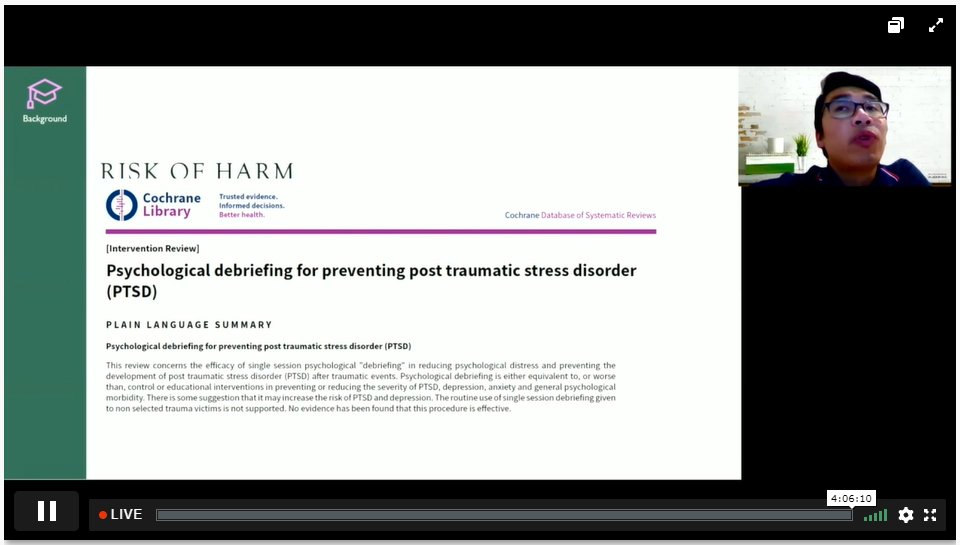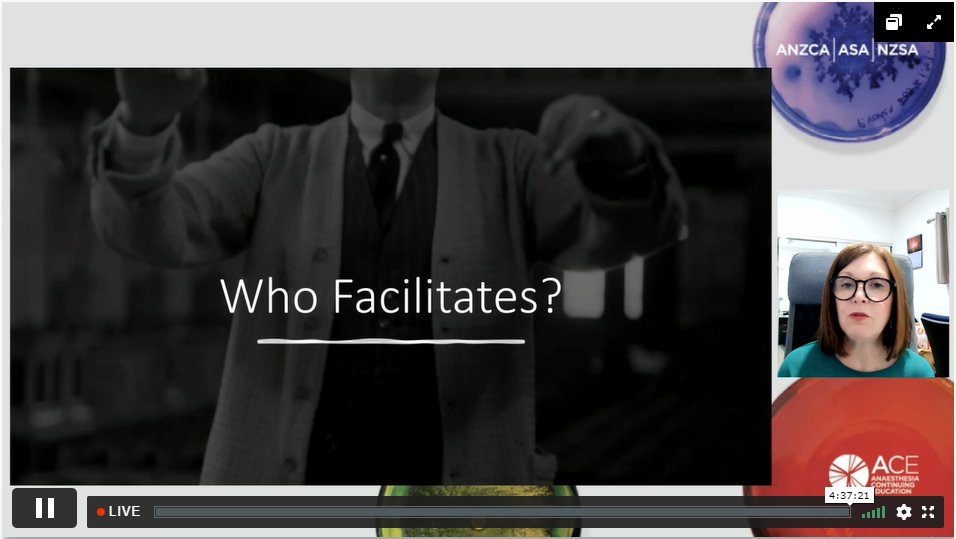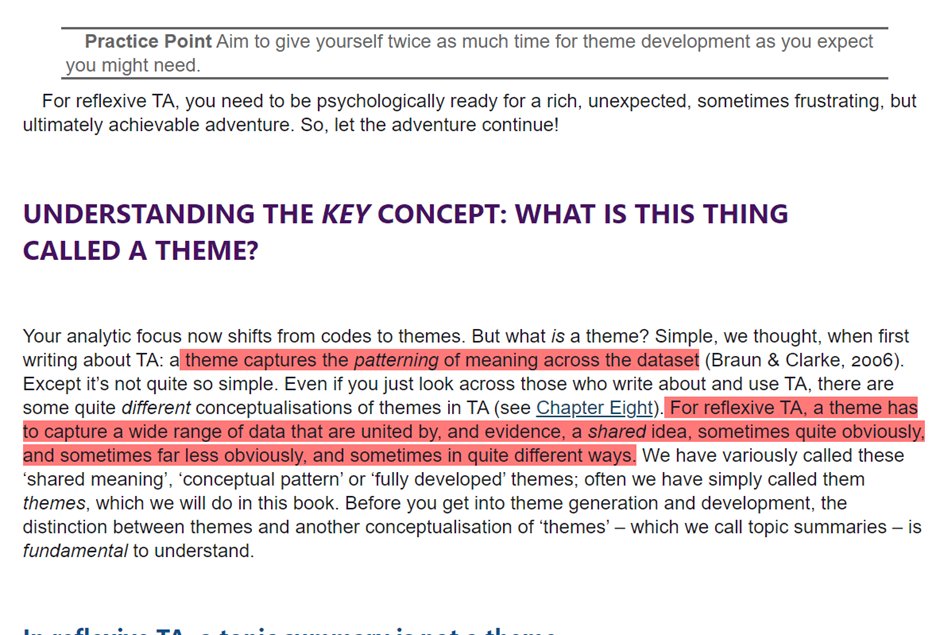Well done to the trainees to write to @ANZCA. Need to empower and engage the next generation. They are the future leaders.
#CombiSIG21
#CombiSIG21

🤣
I'm pretty sure Myat came to Viva coaching.
Also, I'm hearing skips. @rseglenieks has used Powerpoint to record his presentation. You can record one slide at a time. Learnt this myself. Better than one take in some ways.
I'm pretty sure Myat came to Viva coaching.
Also, I'm hearing skips. @rseglenieks has used Powerpoint to record his presentation. You can record one slide at a time. Learnt this myself. Better than one take in some ways.

Critical incident debriefing. Risk of harm apparently.
I would say that everyone is different, and deals with incidents in a nuanced and highly individualised way.
None of us is the same, and trying to do the same thing for everyone smacks of quantitative responses.
I would say that everyone is different, and deals with incidents in a nuanced and highly individualised way.
None of us is the same, and trying to do the same thing for everyone smacks of quantitative responses.

If you're going to do critical incident debriefing, I'd suggest you need the:
Right debriefer for the
Right incident for the
Right individual at the
Right time.
Right debriefer for the
Right incident for the
Right individual at the
Right time.

4 responses to a critical incident.
Denial
Discounting
Distancing
Constructive
Reminds me - is laryngospasm without a drip a critical incident? And what is the response of our craftgroup?
Denial
Discounting
Distancing
Constructive
Reminds me - is laryngospasm without a drip a critical incident? And what is the response of our craftgroup?

"Everyone's an expert with retrospect"
I think the Americans call this Monday morning quarterbacking. 🤣
I think the Americans call this Monday morning quarterbacking. 🤣

Debriefing is not dangerous.
@LizCrowe2 is going to town on the Cochrane review.
Again, I see this as an inappropriate application of quantitative research methodologies.
@LizCrowe2 is going to town on the Cochrane review.
Again, I see this as an inappropriate application of quantitative research methodologies.

Hot debriefs- who does it?
This reminds me of the importance of therapeutic alliances/ educational alliances (Tellio)/ importance of listening and empathy.
This reminds me of the importance of therapeutic alliances/ educational alliances (Tellio)/ importance of listening and empathy.

I've just realised that I do something very similar to a hot debrief with the pain registrar after each outpatient consultation. 😂
I call it coaching (and helping them get better at interacting with patients who have chronic pain).
I call it coaching (and helping them get better at interacting with patients who have chronic pain).

Emotional responses. Was this a form of critical incident debriefing??
https://twitter.com/theMJA/status/1359360695712636930
• • •
Missing some Tweet in this thread? You can try to
force a refresh

















